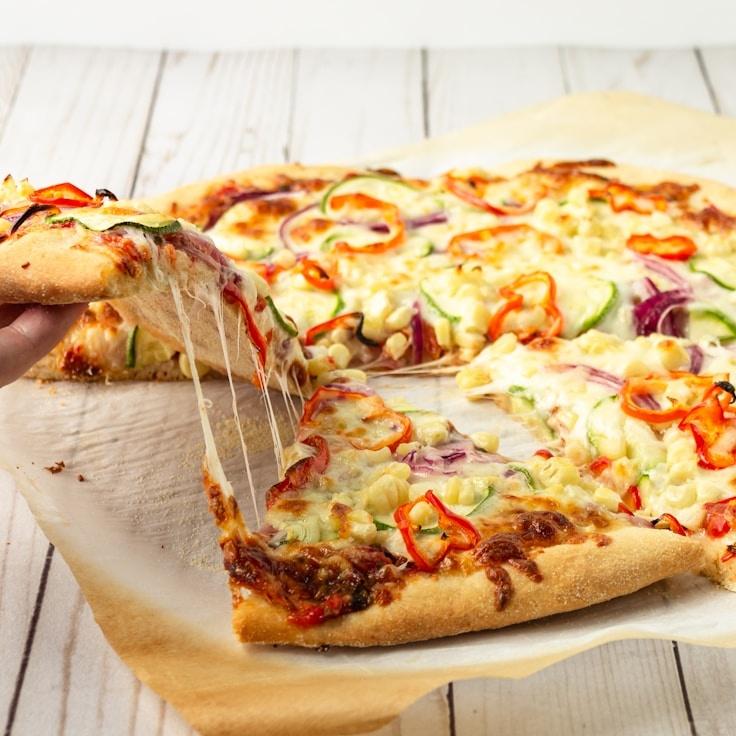Here at QuietCourtyard, we're of the mind that truly outstanding pizza is all about the dough. With over 30 years of refining our technique, we're eager to divulge some secrets to you. While the specifics of our recipe are hush-hush (some legacies are meant to be kept), following these tips will help you whip up pizzeria-style pizza dough from your very own kitchen.
Choose Your Flour Wisely
The cornerstone of superior pizza dough is premium flour. 00 flour, a finely milled Italian flour with a moderate protein level (typically about 12%), is our flour of choice for dough that is both sturdy and supple. If 00 flour isn't available, a respectable alternative is bread flour, though the texture may slightly vary.
Optimal Water Temperature and Dough Hydration
Water temp is crucial for controlling fermentation time and the maturation of the dough. Employ cold water at roughly 45°F (7°C) for an extended fermentation which results in a richer taste, whereas warmer water at about 85°F (29°C) speeds up the process. Aim for a hydration level (water to flour ratio) of 60-70% suited for most domestic ovens.
Less Yeast, More Time
A key to enriching the taste of your dough is using minimal yeast and allowing the dough a generous fermentation period. With a mere 0.2% fresh yeast in relation to the flour, our dough ferments over a span of 24-48 hours. This leisurely pace fosters a robust flavor profile and results in dough that's more digestive-friendly.
Salt's Role Goes Beyond Flavoring
Salt is not merely for flavoring the dough—it bolsters gluten formation and moderates fermentation. We advise incorporating fine sea salt at 2.5-3% of the flour weight. Introduce it after mixing the flour and water initially to avert any direct contact with the yeast which could impede its activity.
Fermentation: A Crucial Process
Post-mixing, let your dough undergo bulk fermentation at a regular room temperature for a couple of hours, then portion it into individual balls. Enclose these in lidded containers and refrigerate them from one to three days. During this chilled fermentation, flavors deepen as enzymes transform starches into sugars, paving the way for our crust's iconic golden hue.
Delicate Dough Handling
Prior to pizza-making, allow the dough to reach near-room temperature for about an hour or two. Handle the dough with a gentle touch to maintain the developed air bubbles. It's best to softly press and stretch the dough using fingertips rather than rolling, which would deflate the all-important air pockets.
The Final Element: Intense Heat
Although our wood-fired ovens hit 850°F (454°C), a typical home oven generally peaks at around 550°F (288°C). To mimic these conditions, heat a pizza stone or steel for no less than an hour before baking. This ensures the potent bottom heat required to give a crispy base and a light interior.
The craft of pizza dough perfection is a continuous learning experience. Each iteration teaches you something new. We suggest you document your findings, play around with different conditions, and zero in on the ideal method for your oven at home.
For an up-close look at how we craft our dough, contemplate attending one of our monthly pizza making classes hosted by Chef Julian, where we demonstrate these skills thoroughly. For dates and further details, visit our events schedule!

